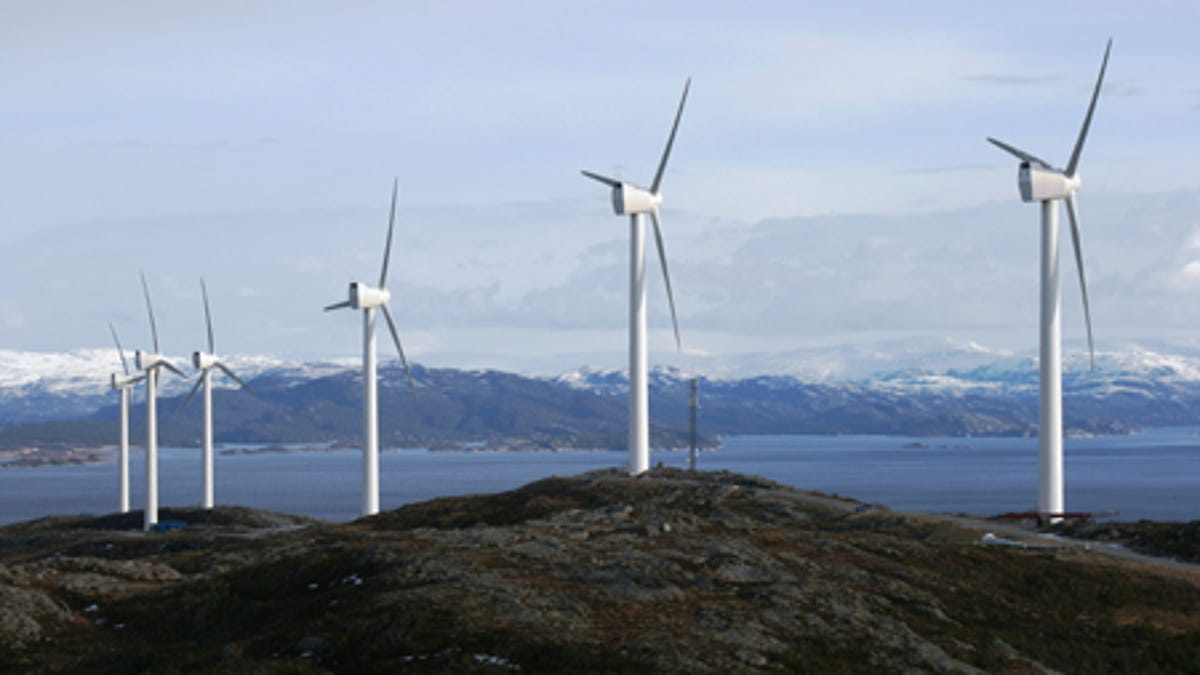Bankers warming up to offshore wind
Europe's offshore wind capacity is expected to see a big leap over the next several years thanks to increased investment from the banking industry, according to a report.

Offshore wind capacity in Europe is expected to grow from 1.3 megawatts in 2008 to 18.8 megawatts by 2015, according to estimates from research group Frost & Sullivan.
The change will come from an increased interest from the banking industry in offshore wind project investment.
Previously, there was a high risk associated with offshore wind farms because of a relatively untested permitting process, the expensive initial layout for turbines and equipment, and the difficulty of installing offshore wind farms in comparison to onshore wind farms.
But as the U.K. and German governments began offering more support to make the permit process easier in 2009, the perception of high risk is declining, and more banks will partner with each other to fund projects, according to a report from Gouri Kumar, industry analyst at Frost & Sullivan.
"As installed capacity continues to grow, and market share increases, the banking sector will continue to become progressively more involved in this industry," Kumar said.
While banks will be increasingly interested in capitalizing on the offshore wind industry, they won't want to go it alone, and will therefore form partnerships on projects with other banks to dilute their risk, according to Kumar's report.
"Investors are trying to overcome these risks with innovative approaches and out-of-the-box thinking," Kumar said.
Kumar is not alone in his thinking. In September, General Electric bought ScanWind, a manufacturer of offshore wind turbine components, for $18.5 million. At the time, GE cited industry statistics predicting the offshore wind industry in Europe to grow significantly by 2020.

